1921 (Taisho 10) Thursday, November 17 Crown Prince Hirohito appeared in Hino and Hachioji to inspect a special army exercise.
The Army Special Exercise is a military exercise conducted by the Army under the control of the Emperor. It was held every fall for 4 days. It was a large-scale one where more than two divisions fought against each other, and the people’s interest was high. The first meeting was held in 1892 (Meiji 25), and a total of 34 meetings were held until 1936 (Showa 11), the year before the outbreak of the Sino-Japanese War.
In 1921, the Army held special 10 exercises in Tokyo, Kanagawa and Saitama. It was the first major exercise in an area that includes two major cities, Tokyo and Yokohama. The date was from November 17 to 20th, and the final battle between the two armies took place from midnight of November 19 to the early morning of 20th across the Tama River.
Unlike ordinary exercises, special exercises were supposed to be supervised by the Emperor, who was a grand marshal, but in the same year, Crown Prince Hirohito (later Emperor Showa) was the first to do so on behalf of Emperor Taisho. After a six-month tour of Europe, the young 20 year-old prince gained a lot of attention because of his great national popularity.
The commanders of this special exercise were Shigemoto OI, General of the Eastern Army, and Masao Miyamori, Lieutenant General of the Imperial Guard of Nashihongu, Lieutenant General of the Western Army. It was assumed that the Eastern Camp was based in Boso and Tokiwa region and positioned at the lines of Ashikaga, Fukaya and Chichibu, while the Western Camp was advancing from the Naoetsu area of Niigata and preparing to attack at the lines of Ogano, Honjo and Kiryu.
The battle between the Western Army’s Fourth Army, which landed near Shimizu Port and attempted to capture Tokyo from the Koshu-kaido and Tokaido areas, and the Eastern Army’s Third Army, which concentrated near Tokyo and attempted to defend Tokyo, was the exercise.
The forces of the Eastern Army consisted of the Imperial Guard Division, the First Division, the Independent Infantry Regiment, the Cavalry Group (The 1st brigade and the 2nd brigade), the First Field Artillery Brigade, the Independent Heavy Artillery Regiment, the Independent Heavy Artillery Company, the Field Anti-Firm, the Second Air Battalion, the Independent Balloon Company, the Field Light, the Military Telephone Company, the Military Radio and Telegraph Company, the Military Automobile Group, and the Pigeon Communications Group. The total force was 22,909 men and 5,662 horses.
The forces of the Western Army consisted of the 3rd Division, the 13 Division, the 14 Division, the Independent Heavy Artillery Regiment, the Independent Heavy Artillery Battalion, the 4th Air Battalion, the Military Telephone Company, and the Military Radio and Telegraph Company. Totaling 25,711 soldiers and 3,981 horses.
On this day, the Eastern Army rejected the main force of the Western Army, which was advancing from the Numazu area, with a cavalry group, and also ordered the main force of the Eastern Army to advance to the Hachioji and Hashimoto areas in order to annihilate the advancing enemy first from the Koshu-kaido area. At around 14: 00, the Eastern Army started to attack the 14 Division of the Western Army, which was developing in the western plateau of Hino, and forced the main force to retreat to the west of Hachioji. On the other hand, the main force of the Western Camp advanced eastward in the direction of Tokaido Road, and retreated the Eastern Camp cavalry group to the direction of Isehara, stopping at Oiso, Terasaka and the line near Zenba-toge Pass. In order to counterattack, the Eastern Army gathered the main force of the army in the Isehara area.
Crown Prince Hirohito departed from the Imperial headquarters’ Kanagawa Prefectural Office (Yokohama) at 10: 00 on horseback, arrived at Hino Station at noon by a special train from Yokohama Station, and immediately proceeded on horseback to Hino | Onodatejo. I supervised the exercise while listening to the words of Yusaku Uehara, Chief of the General Staff, regarding the course of the exercise. At 15: 15, I rode a horse to Owada Onotateba in Hachioji, and at 17: 50, I returned to Kanagawa Prefectural Office of Imperial Headquarters.
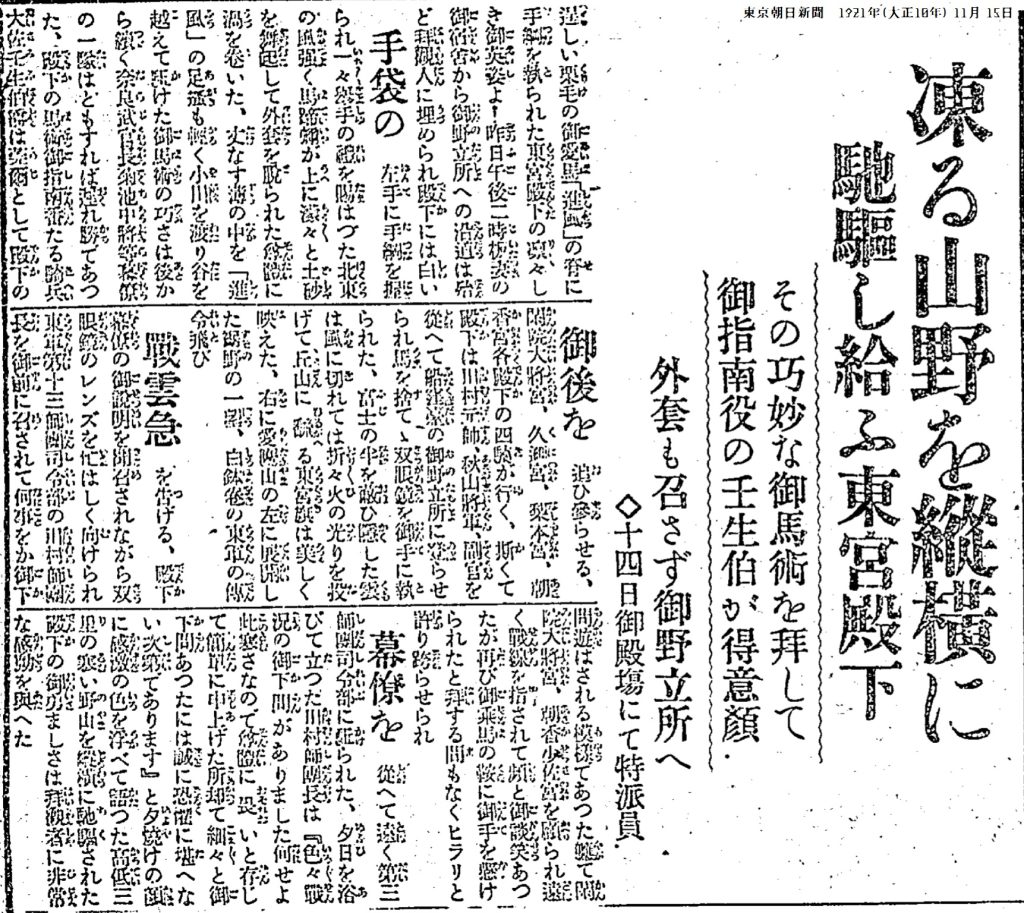
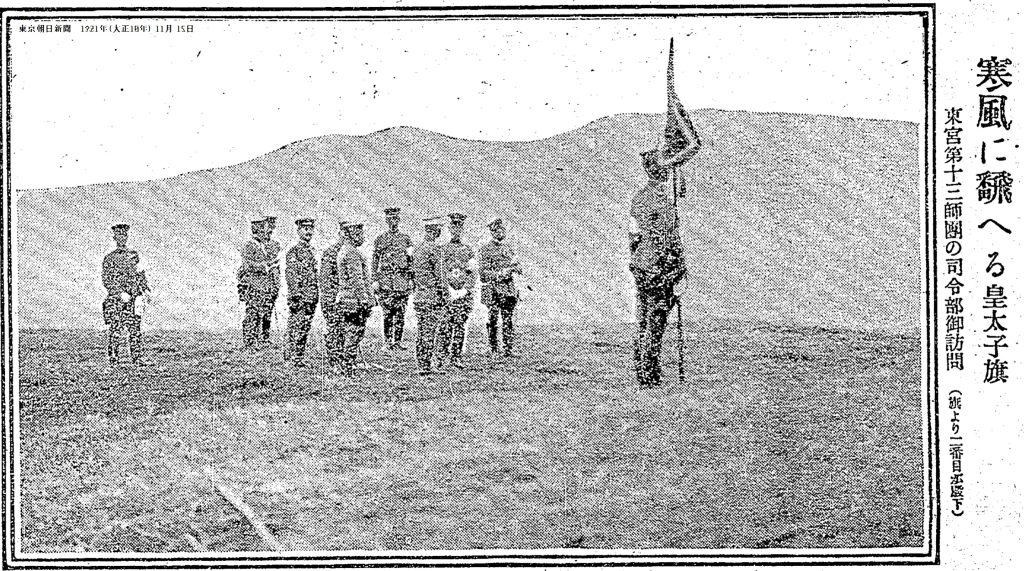
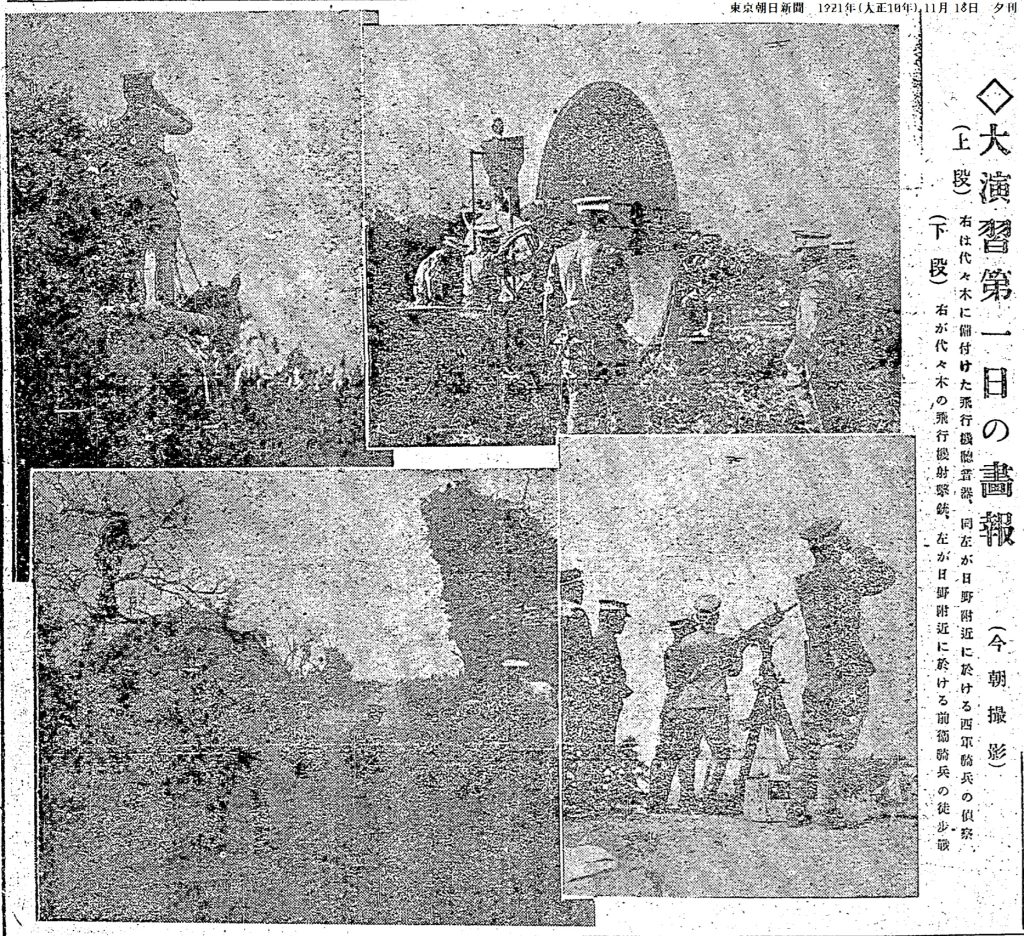
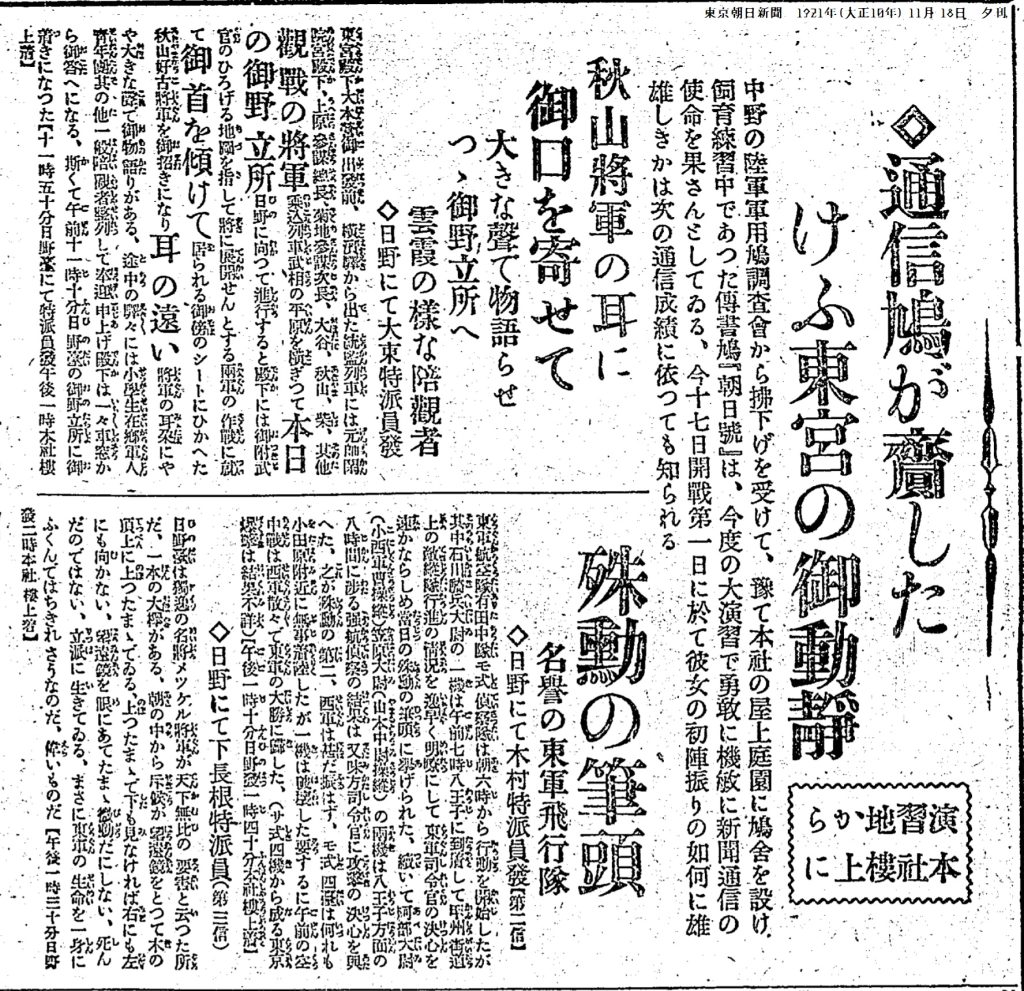
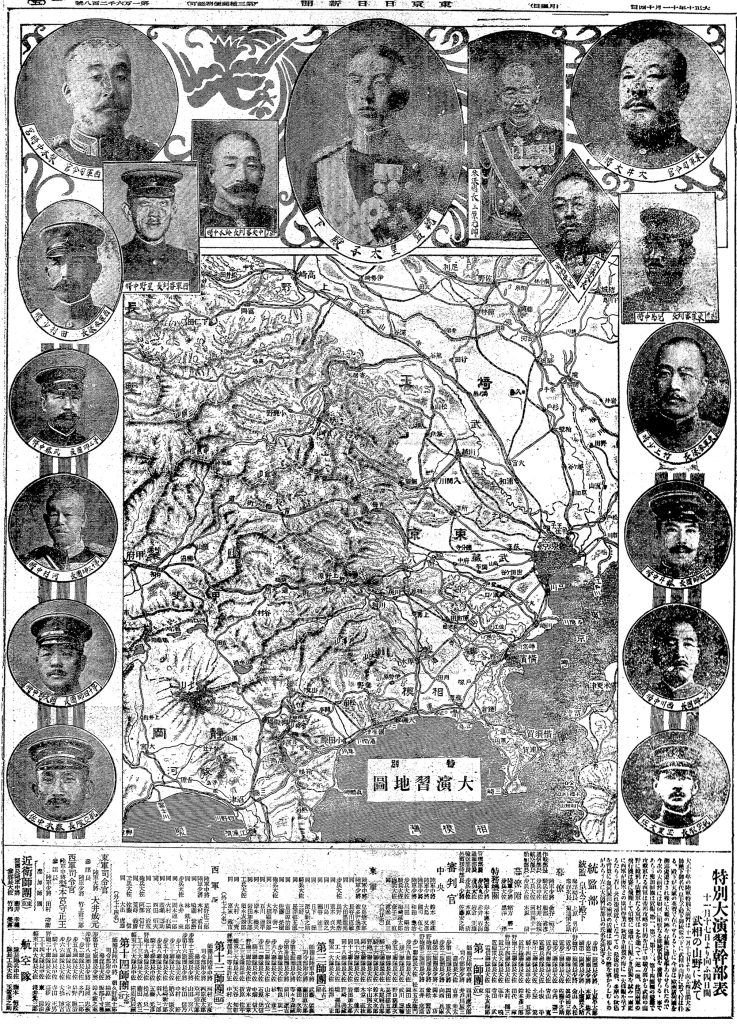
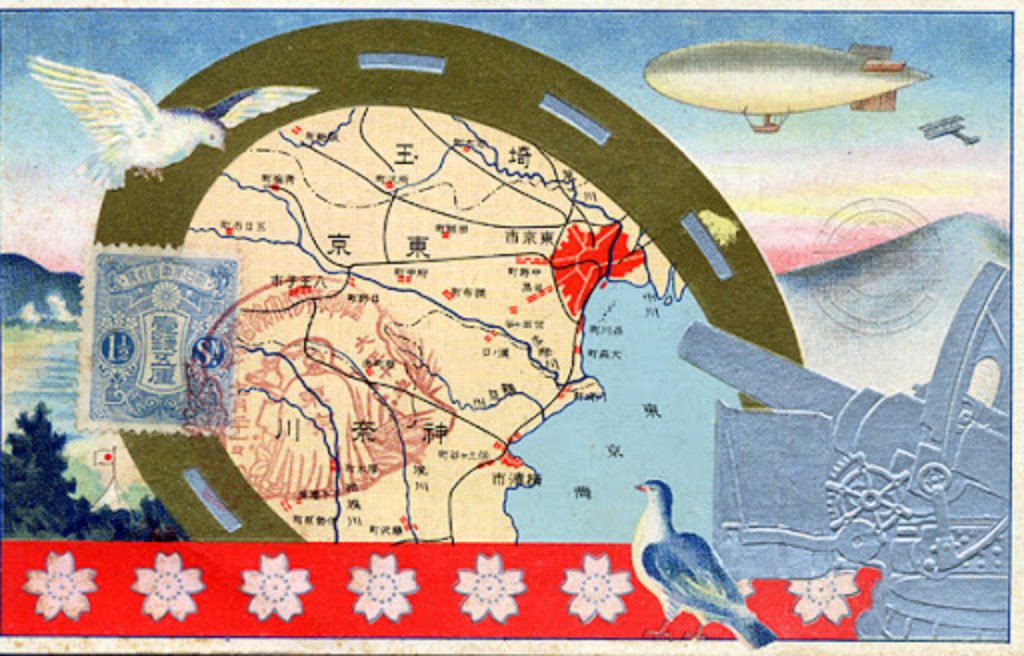
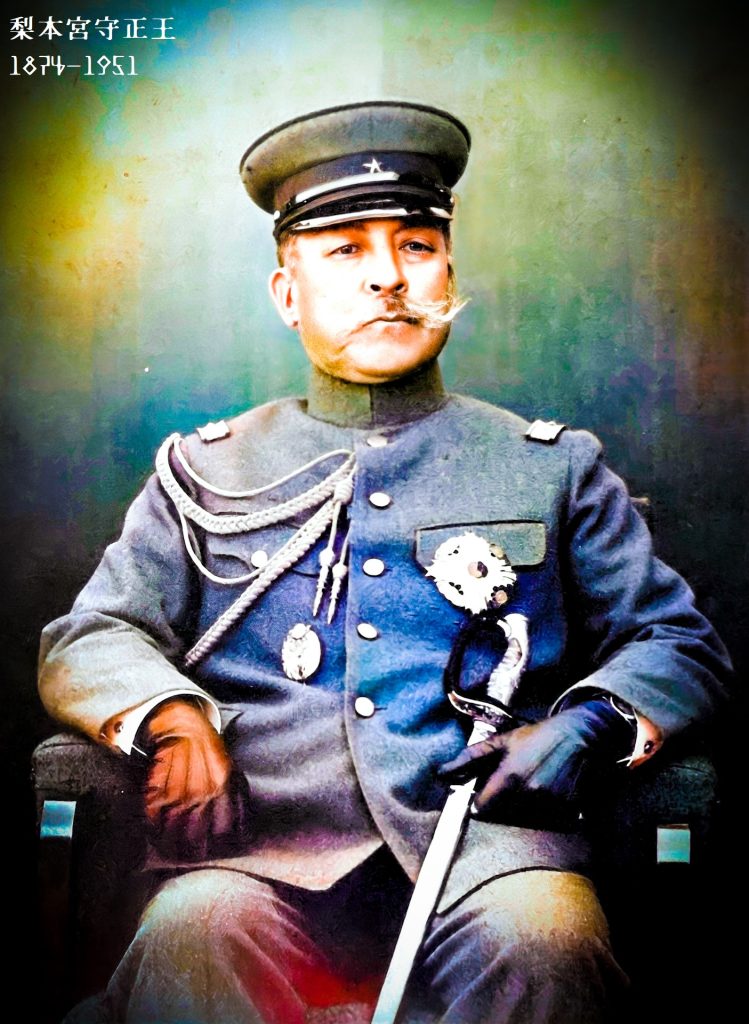
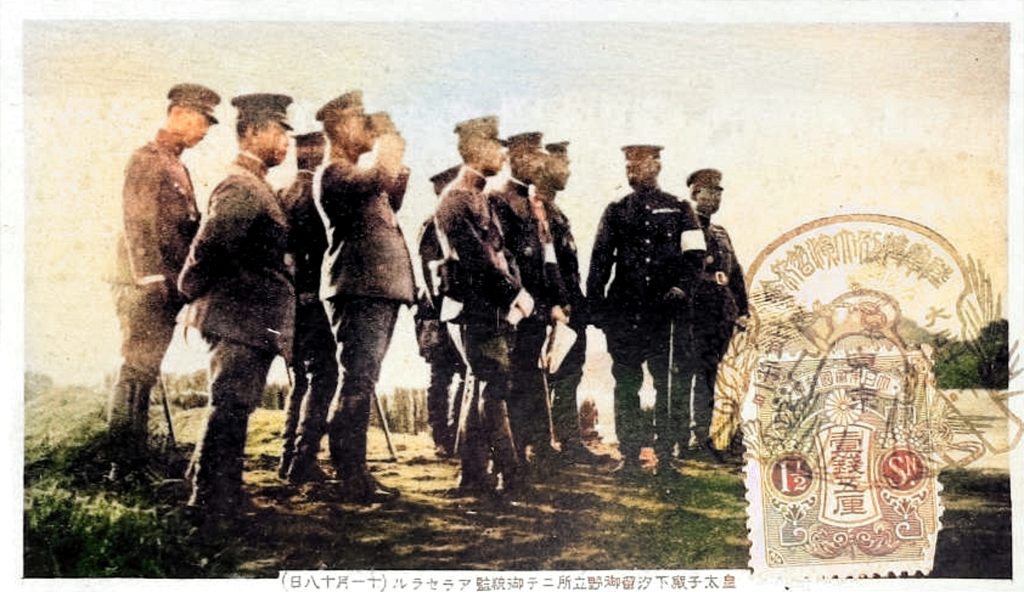
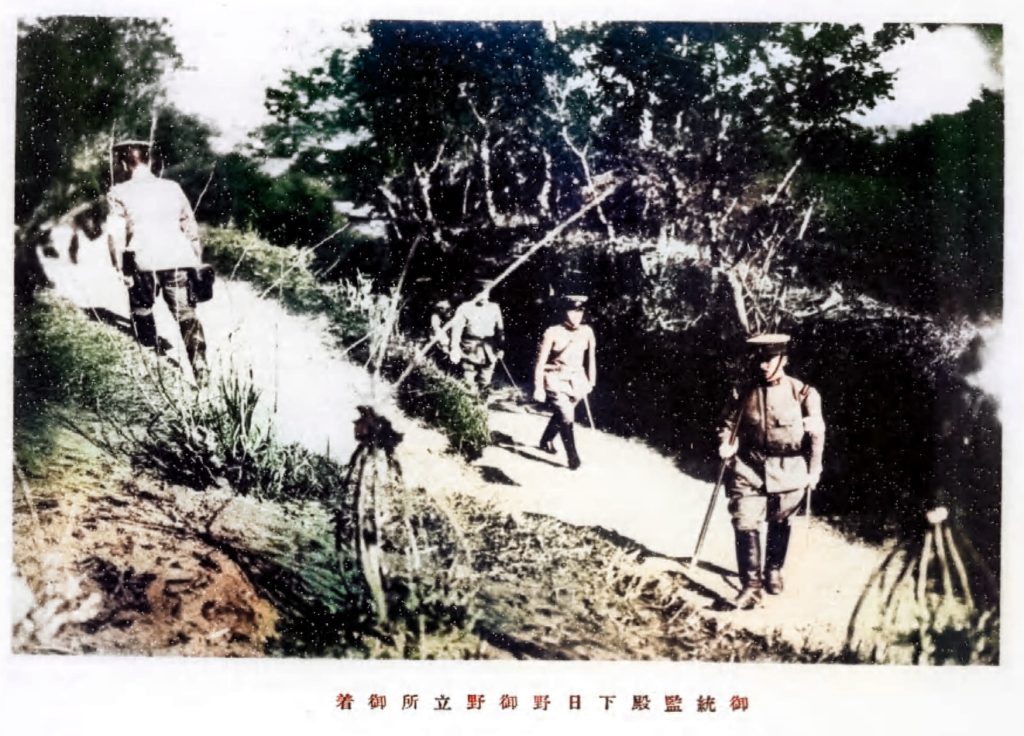
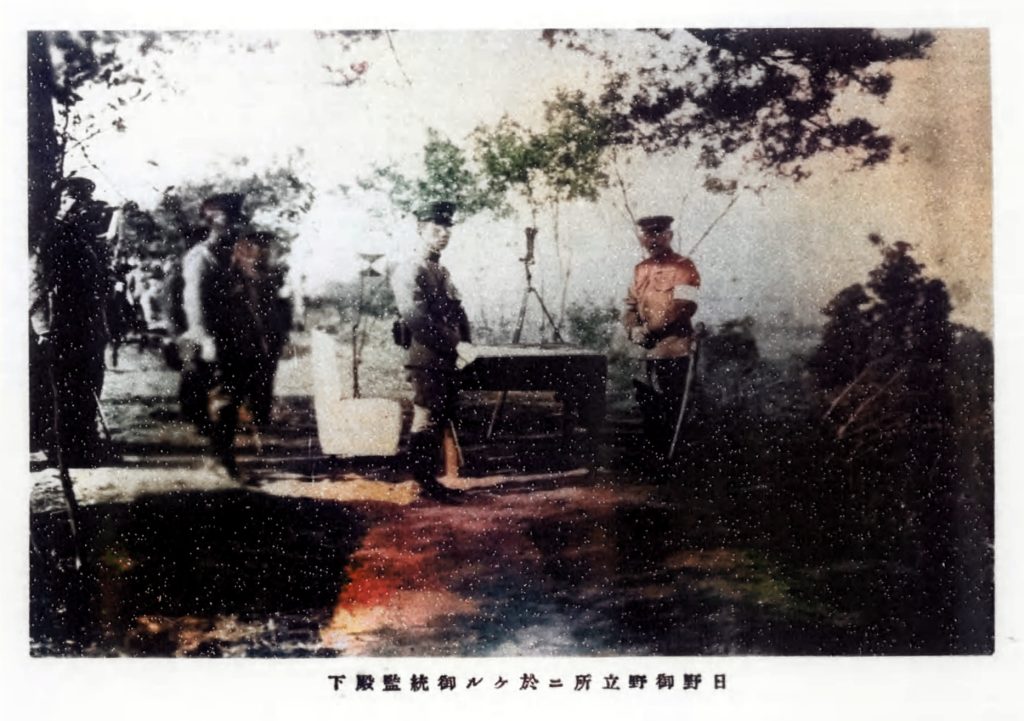

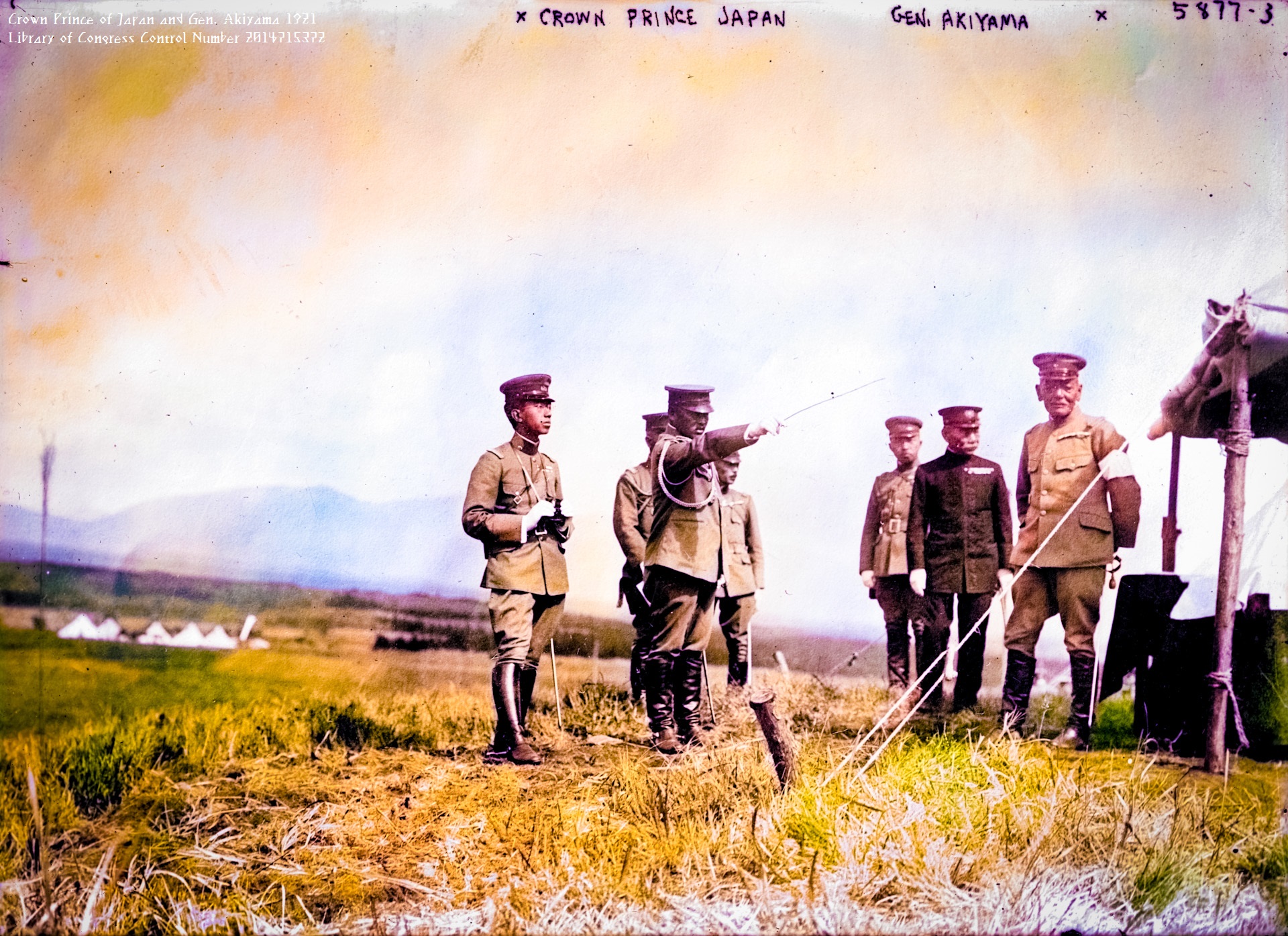
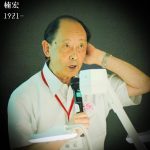

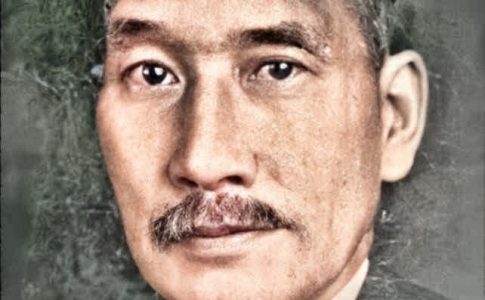
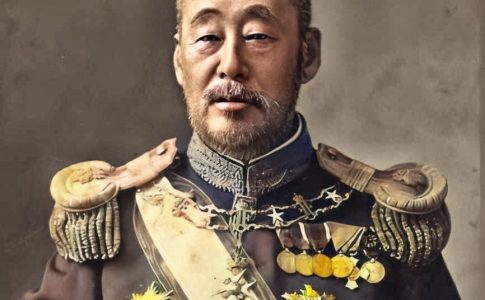
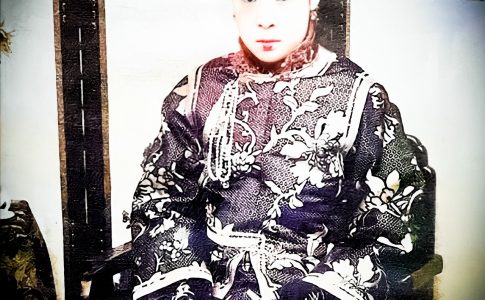
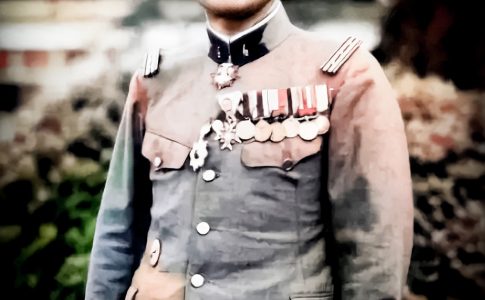
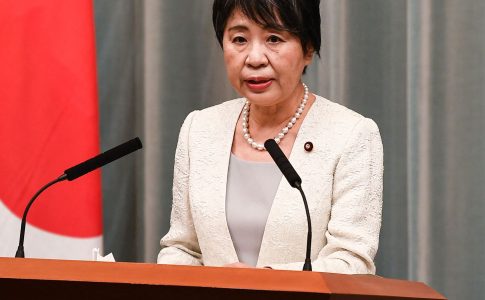
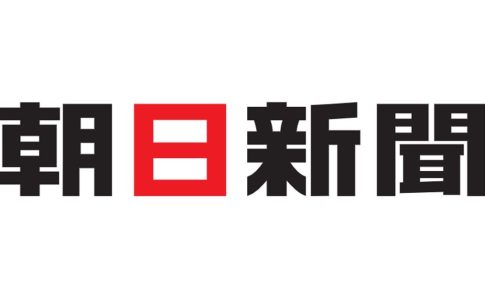
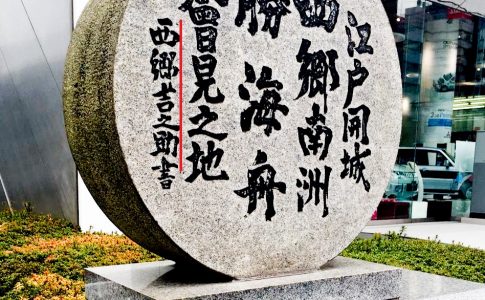
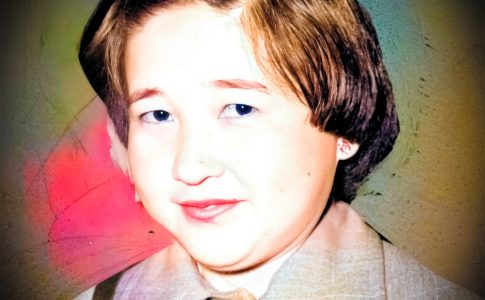
Leave a Reply